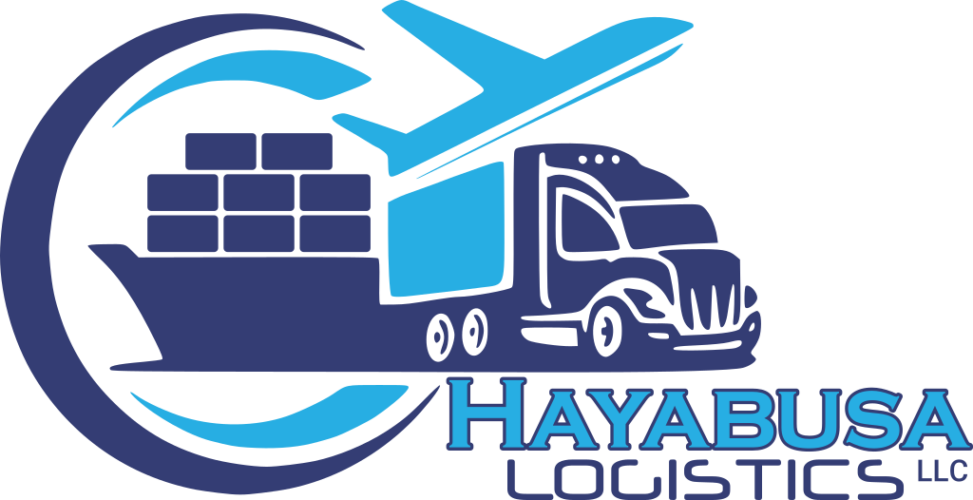Container clearance in the United Arab Emirates (UAE) is a crucial process for businesses involved in international trade. Whether importing goods into the country or exporting products to global markets, understanding the procedures for container clearance is essential to ensure smooth and efficient transactions. In this comprehensive guide, we’ll delve into the intricacies of container clearance in the UAE, outlining the key steps and requirements for navigating this process successfully.
Understanding Container Clearance: Container clearance refers to the procedures involved in clearing goods through customs when they arrive at ports, airports, or other entry points in the UAE. This process is vital for ensuring compliance with import/export regulations and facilitating the smooth flow of goods across international borders.

Key Steps in Container Clearance:
Documentation:
- One of the initial steps in container clearance is to ensure all necessary documentation is in order. This typically includes:
- Bill of Lading: A document issued by the carrier acknowledging receipt of goods for shipment.
- Commercial Invoice: An itemized list of goods with their values, used for customs valuation purposes.
- Packing List: Details of the contents, quantity, and packaging of the goods.
- Certificate of Origin: A document certifying the country of origin of the goods.
- Other specific documents depending on the nature of the goods and regulatory requirements.
- One of the initial steps in container clearance is to ensure all necessary documentation is in order. This typically includes:
Customs Declaration:
- Upon arrival of the container at the port or airport, the importer or their agent must submit a customs declaration. This declaration includes details such as the importer’s information, description of goods, value, and country of origin.
Customs Inspection:
- Customs authorities may conduct inspections of containers to verify the accuracy of declared information, ensure compliance with regulations, and detect any prohibited or restricted goods. It’s essential to cooperate fully with customs officials during this process to expedite clearance.
Payment of Duties and Taxes:
- Importers are typically required to pay customs duties, taxes, and other applicable fees before their containers can be cleared for release. The amount payable depends on factors such as the value and nature of the goods, as well as any preferential trade agreements in place.
Clearance and Release:
- Once all documentation is verified, and any necessary payments are made, customs authorities issue a clearance certificate or release order, allowing the container to be released from the port or airport and transported to its final destination.
Tips for Smooth Container Clearance:
- Plan Ahead: Start the clearance process well in advance of the container’s arrival to avoid delays and ensure compliance with all requirements.
- Work with Experienced Agents: Utilize the services of experienced customs clearance agents or freight forwarders who are familiar with the local regulations and procedures.
- Maintain Accurate Records: Keep detailed records of all transactions, including invoices, shipping documents, and correspondence with customs authorities.
- Stay Informed: Stay updated on changes to import/export regulations and procedures in the UAE to ensure ongoing compliance.
Container clearance in the UAE is a multifaceted process that requires careful attention to detail and adherence to regulatory requirements. By understanding the key steps involved and following best practices for smooth clearance, businesses can streamline their import and export operations and avoid unnecessary delays or penalties. With proper planning and preparation, navigating container clearance in the UAE can be a manageable and efficient process for businesses engaged in international trade.

